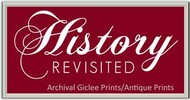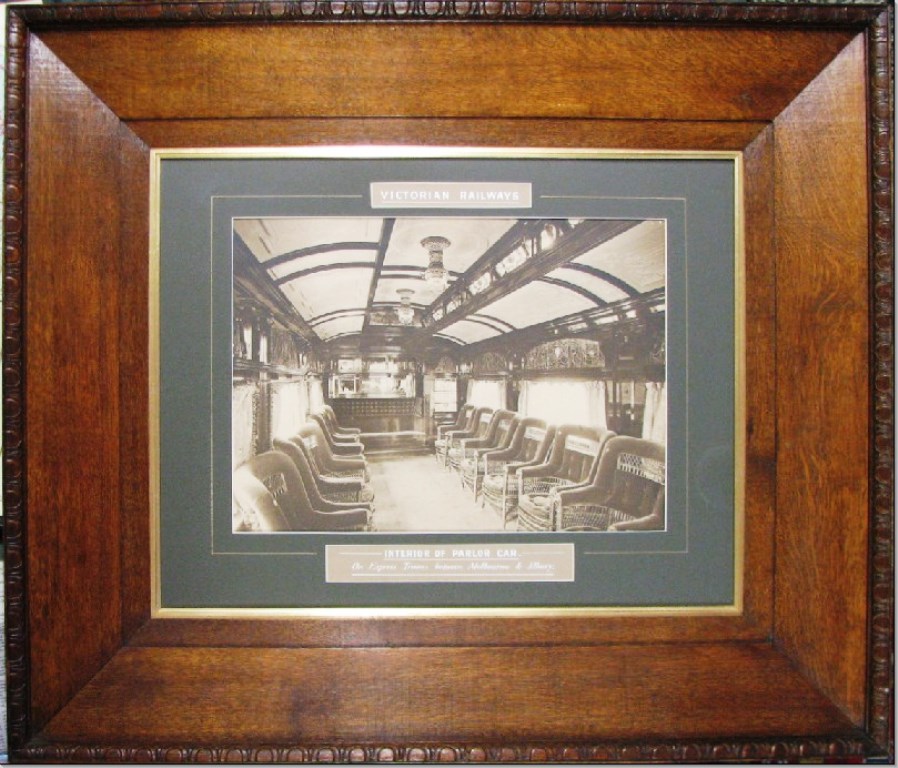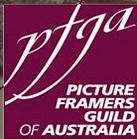 Loading... Please wait...
Loading... Please wait...All prices are in All prices are in EUR
Categories
- Home
- Blog History Revisited
- Colonial Melbourne to Albury "Parlour Car" Photo Connects to Adelaide Past & Present
Colonial Melbourne to Albury "Parlour Car" Photo Connects to Adelaide Past & Present
Posted by ©Sandra J I Ker, Antiquarian Print Gallery, South Australia. Dealer in Antique Prints & Maps. www.historyrevisited.com.au on 17th Nov 2021
In the 1970s a very young me was introduced to the concept of luxury train travel, long before I knew about such thing as the Orient Express, for example. My father purchased two unloved ornate brass light fittings. "Well, these used to be in Railway carriages, but give them a clip, would make fine lamps, don't you think?" So, Dad made it happen. He found two matching pairs of acid etched colored lamp shades, one Ruby, the other Lapis Blue-TICK + rang his "Chippie Mate" to fashion cedar timber bases-TICK + organized new/old wiring with cloth cords-TICK = Mum was over the moon as they were perfect by her cross-stick-embroidery projects (problem solved and harmony ensued). Forty years they remind me of my parents every day. Eventually, this Silver Gelatin Photograph of an exquisite Art Nouveau "Interior of Parlour Car" Train Carriage came into my gallery. My childhood experience found historical context. Just look at those marvelous light fittings on that Carriage ceiling!
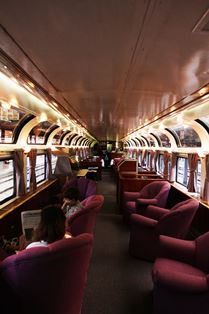
A Momentary Flash of Ancestor Envy
As a rational dweller of the Present, I seldom yearn to live in the Past. No convenient showers, flushing toilets, clean drinking water, dentistry, or corsets, the list is endless.
But would you like to think of your fortunate ancestors traveling in this Art Nouveau interior with its velvet/cane chairs, exquisite stained glass windows, delicately patterned lace curtains, and convenient Gentleman's Bar complete with brass foot-rail? Well, I did ponder that reality. If only such an option was still available today...
Well, a quick search engine retrieval answered that pondering. Some of the great train journeys that remain, like the Legendary Ghan here in South Australia/Northern Territory, have restored those many original carriages to their former glory. For a modern take on a similar carriage layout, I found this Los Angeles-Seattle Amtrak Parlour Carriage still very much in use see left). Less Cane work, no fancy Lead-light windows or light fittings. Instead, more comfy seats and high-tech illumination with the added convenience of air-conditioning, no doubt.
Sasmee Park: a Childhood Memory
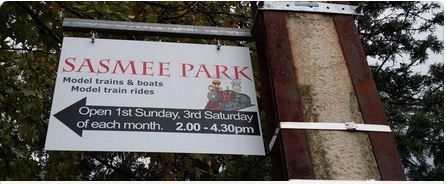
Soon after this lamp episode, our family moved to a street that had a train station at either end. The eastern end took us into Adelaide's hinterland aka Mount Lofty Ranges, Barossa Valley etc. through dark tunnels and all those good scary things when young. The western end, Clarence Park Station, took passengers up to the "Big Smoke", the grand Adelaide Railway Station. However, just across the road from said suburban station was a magical place called Sasmee Park, like a secret squirrel hide-away for kids & retired engineers. This is an Aladdin's Cave, a monument to engines-driven transport of all sorts. It was deliciously hidden behind the local Delicatessen/Milk Bar (5 cent lolly bags), a hairdresser (Permanent wave central), and an old bookshop. The only entrance to this wonderland was a discreet lane-way (blink and you would miss it) between two 1920 suburban bungalows. For us kiddies in the 1970s it was F-U-N 'choofing' around on miniature trains driven by equally enthusiastic retired engineers that were living their Best-Ever retirement dream! All generations concerned were glowing with delight! Is this the answer to World Peace in our time?
Thespians Unite to Bruise Adelaide's Ego - Star Trek Wormhole?
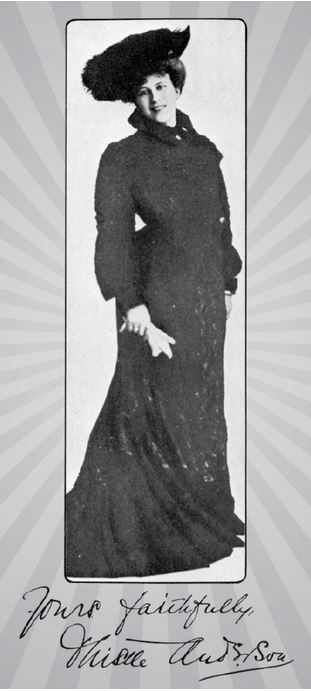
If my study of South Australian history had taught me anything it was that, "the
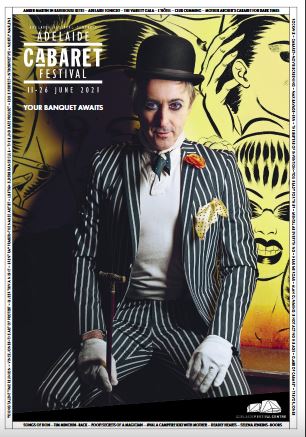
best thing about Adelaide is a ticket to Melbourne". This idea is to be seen on page 12 of Thistle Anderson's mischievous satirical Arcadian Adelaide published in 1905. Thistle was a Scottish Stage actress who married an Adelaide stockbroker, Herbert Fisher, in London in 1901. A death in his family, (ere-go possible inheritance?), brought them back to our humble shores. She hit a whole mess of nerves with a sledgehammer statement, among many others she penned for her South Australian odessey. Not surprisingly, this unassuming grey booklet proved to be a best-seller in Melbourne making it a financial gift that kept giving. Thistle reminds the reader that such a prudent ticket purchase "... provides the principal link between Adelaide and Civilization" (KAPOW!). Spin the time wheel to June 2021 Scottish/American Comic Alan Cumming continued Thistle's proud tradition of Adelaide-dissing. Mr Cumming had just been the celebrity director of the Adelaide Cabaret Festival. From the safe distance of Melbourne (did he catch the train I wonder?) he bags Adelaide for being a mob of thieving mongrels (Sadly, Gumtree/eBay is always hungry for Famous-Anybody-Stuff). At least it proved South Australia is not so different when all is "sledged and done". And Thistle? Well, she would have been grinning like the Cheshire Cat, as if she had penned Alan's words her-very self. Adelaide's predictable response in 2021 would have rivaled Mrs F. Elllis' "Scratch from and Adelaide Cat" (Hansell & Son, 4 Franklin Street, Adelaide, 1905). Whether Mr. Cumming was as history-aware as I am now giving him credit for, "BRAVO! Clever effortless social network-twitching marketing!"
Colonial Rail History : Trains from Melbourne to Albury
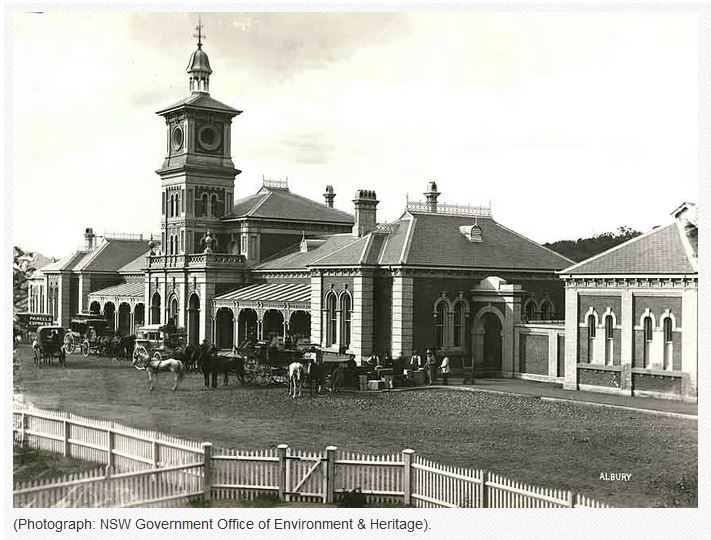
Anyway, I have gone off-rail. First things third...find out about the "Colonial Railways of Things" so we can place the significance of this handsome carriage interior. Turns out the first Australia public railway was between Melbourne and Port Melbourne in 1854. Sydney was linked by rail to Parramatta in 1855...and so the colonial tech transport competition begins. Until this new tech was introduced, the colonials relied on tall-ships, paddle-steamers and stage coaches. Albury/Wodonga shared respective border riverbanks on the Murray River between these two colonies. The issue with colonial rail gauges was, New South Wales chose the "Standard Gauge" and Victoria the "Broad Gauge". Albury Railway Station(pictured Left) was opened in February 1882 and was considered the more magnificent station. Soon Albury would be the major exchange point for all rail passengers and cargo. This was the destination of our "Parlour Car" passengers. It certainly looks to be a grand alighting point for the necessary rail gauge interchange.
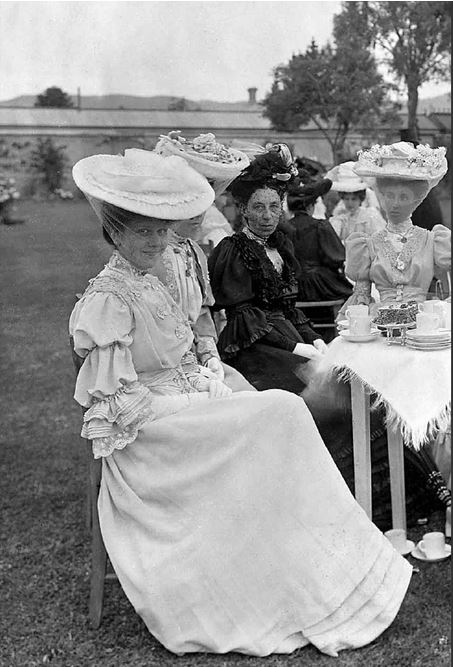
Parlour Car Seating to Accommodate Fashion?
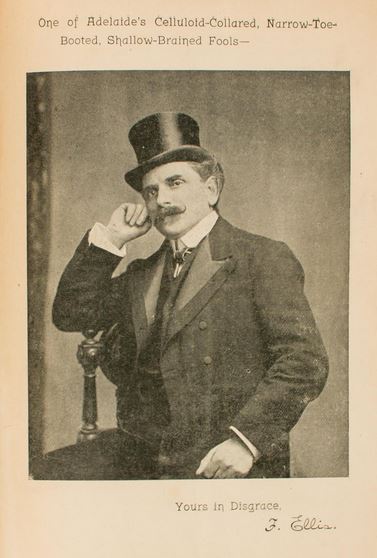
Back to Thistle's pithy observation, I too would fancy a ticket to anywhere in such Art Nouveau ambiance. What an embodiment of an era! Such a seating arrangement would have comfortably accommodated the Victorian/Edwardian ladies' fashions, given the Gentlemen would have bunched up at beyond distant bar. Whether they would have born any resemblance to the Adelaidean gents described as "Celluloid collars, Narrow-toed Booted, Shallow-Brained Fools...(with a) large devotion to Bacchus" (on pg 23 of Thistle's Tome) I shall leave up the discerning reader.
("One of Adelaide's ...Shallow-Brained Fools" a la Thistle Anderson to the right, the husband of Mrs F. Ellis, aka "Adelaide Cat")
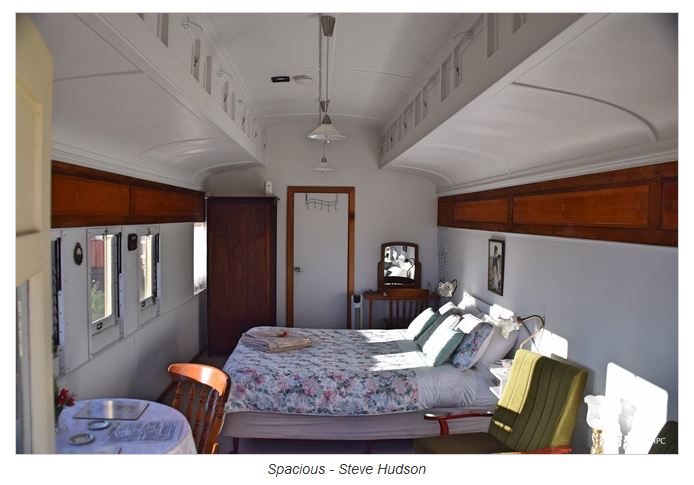
Classic Old Rail Carriage Air B&B Worthy?
If you can turn shipping containers into livable spaces, that is exactly what enterprising Bed & Breakfast entrepreneurs are achieving with these beautiful old carriages. What is one Enlightened era's "Golden Age of Travel" can become the Ethically Friendly era's "Rest & Relaxation with a Twist". These mechanical creatures were created before designed obsolescence and deserve all the re-imagined relevance they have earned. Is the spirit of the "Waste-Not-Want-Not" in our Post-G20 Era worthy of a red wax stamp of approval?
Many family trees have Silver Gelatin photos passed from branch to branch. It was the dominant photographic process from the 1880s. Before that, it was Silver Albumen circa the 1850s. Such tangible family treasures are irreplaceable. Silver value increased exponentially, becoming more valuable than gold at the height of its demand around the globe. The problem was the contemporary wood pulp ply and cardboard materials employed to make them presentable have compounded their fragility over time. The silver responded to the developing chemicals to turn black. Double enemies of wood pulp acid and Ultra Violet light can cause the silver to re-emerge causing a ghostly cloud on the surface. It usually begins in the darkest shadows. Also, the photos may look like negatives of their former self over time. It is essential to have all ancestral photographs scanned as soon as possible, to preserve these images. You could frame the copy, or re-install the original replacing acidic original materials with Conservation or Museum mat-boards & backing. The next step is install Conservation or Museum glass that Blocks 99% of Ultra Violet light. Lastly, only display with limited exposure to strong light and heat. Members of the Picture Framers Guild of Australia (PFGA) are informed on the grades of custom framing required in such situations. The Find a Framer tab is a great place to start if you have valuable sentimental treasures or custodians of investments. © Sandra J I Ker, Antiquarian Print Galllery/History Revisited.
Recent Posts
- » Lady Sarah Lennox, King George III & The Honourable George Napier
- » Schomburgk's Botanic Garden & Park Plan, 1874
- » "City of Adelaide" Clipper Ship - What is Old Is New Again
- » Napoleon, Hudibrastic Poetry, Doctor Syntax & the Power of Satire
- » Colonial Melbourne to Albury "Parlour Car" Photo Connects to Adelaide Past & Present
